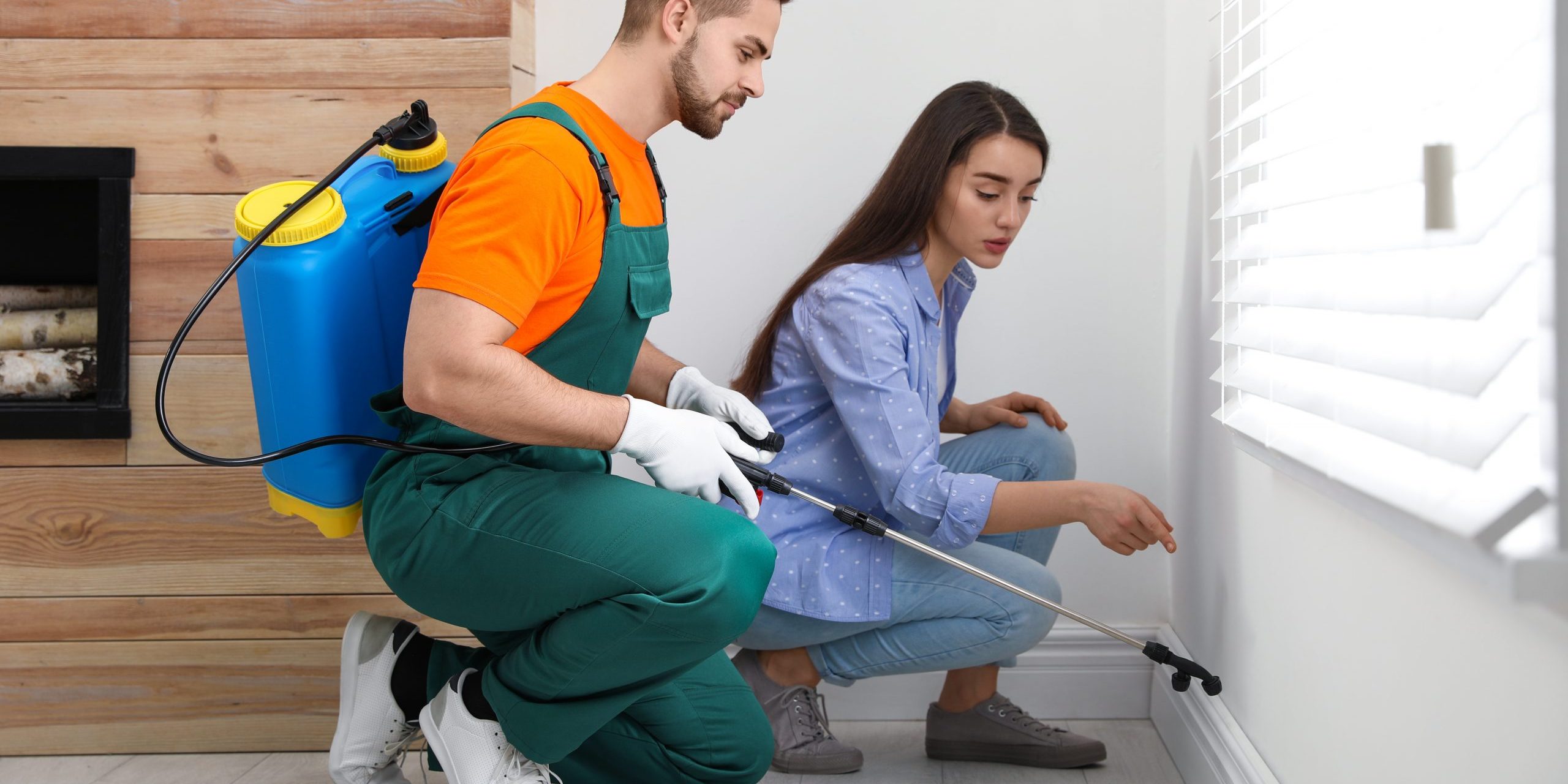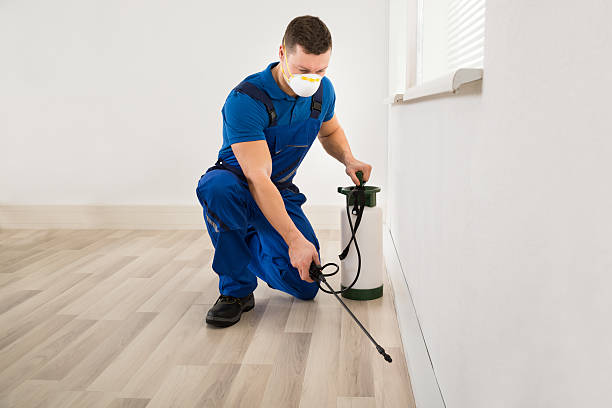Bed Bug Dog Discovery: Find Infestations Early for Comfort!
Wiki Article
Expert Bug Control Techniques for Long-Term Results
In the world of parasite control, attaining sustained efficacy and long-term results requires a meticulous approach that transcends mere elimination. Expert insect control techniques encapsulate a comprehensive strategy that starts with a detailed examination and analysis, adhered to by specific bug identification to understand their actions patterns. The execution of Integrated Bug Administration (IPM) principles, paired with eco-conscious therapies, creates the foundation of sustainable bug elimination. Nevertheless, the true examination hinges on the ongoing surveillance and upkeep of the dealt with areas, ensuring a pest-free setting for the foreseeable future. By diving into the details of these techniques, a much deeper understanding of expert parasite control techniques for enduring end results emerges.Inspection and Analysis
Upon entering a residential property for insect control solutions, the preliminary action is an extensive examination and assessment to determine the level of the problem and determine the most efficient treatment strategy. Specialist parasite control service technicians are educated to diligently examine the premises, searching for indications of bug task such as droppings, munch marks, nests, or any kind of architectural damages. They will certainly additionally analyze the problems that might be bring in pests, such as food resources, water leakages, or entry factors.
Insect Recognition and Habits

In addition, comprehending the habits of the recognized parasite is essential to carrying out efficient control measures. Recognizing where pests nest, what they feed on, and their task patterns can assist pest control experts create methods to eliminate them effectively.
Integrated Bug Administration (IPM)
Integrated Insect Management (IPM) strategies incorporate several methods to manage and avoid pest problems in a sustainable and environmentally pleasant manner. bed bug exterminator. By integrating approaches such as organic control, habitat adjustment, adjustment of social methods, and using resistant ranges, IPM aims to decrease the usage of chemical pesticidesOne of the crucial principles of IPM is the focus on prevention. This aggressive method entails tracking pest populaces frequently to detect any type of potential problems prior to they intensify. By recognizing insect troubles early, pest control measures can be applied swiftly and successfully.
Furthermore, IPM advertises making use of non-toxic bug control methods whenever possible. This can consist of using natural predators of the parasites, introducing helpful pests, or utilizing scents to disrupt mating patterns. By minimizing dependence on chemical pesticides, IPM not only safeguards the setting yet also assists preserve an equilibrium in the ecosystem.
Environmentally-Friendly Treatments
Applying eco-conscious strategies in insect control treatments can properly address invasions while focusing on ecological sustainability. Environmentally-friendly treatments focus on reducing the effect of parasite control methods on environments, non-target microorganisms, and human wellness. These approaches frequently include using natural predators, such as ladybugs or nematodes, to control pest populations, reducing the need for chemical interventions. Additionally, techniques like habitat manipulation, such as adjusting moisture levels or eliminating food sources, can help deter pests without the usage of harmful substances.Another trick element of environmentally-friendly treatments is using natural and eco-friendly products that break down promptly without leaving unsafe exterminator deposits in the environment. Herb insecticides stemmed from plants like chrysanthemums or neem use effective parasite control while presenting very little risk to non-target types. Employing approaches like heat therapies or pheromone catches can target certain pests with accuracy, decreasing the total environmental influence of insect control techniques.
Continuous Surveillance and Maintenance
Continuous security and upkeep are crucial elements of reliable pest control administration. Recurring tracking plays a crucial function in ensuring that insect infestations are found early and handled without delay. Routine assessments by trained experts are necessary to recognize any indications of parasite task, assess the effectiveness of previous treatments, and make modifications to the parasite control plan as needed. By keeping an eye on parasite populations in time, bug control specialists can track fads, anticipate potential issues, and execute safety nets to lessen the threat of future problems.
In enhancement to monitoring, upkeep methods are vital for long-lasting pest control success. This consists of executing proper cleanliness measures to get rid of possible food and water sources for bugs, sealing off access points to stop pests from going into the premises, and attending to any structural concerns that could facilitate bug infestations (Exterminator DC). By including ongoing surveillance and maintenance into an incorporated pest administration approach, businesses can make sure a pest-free setting and protect their residential or commercial property against pricey damages and health risks
Final Thought
To conclude, utilizing professional insect control strategies such as comprehensive examination and evaluation, exact bug identification and understanding of their behavior, integrated pest management methods, environmentally-friendly therapies, and recurring surveillance and upkeep are important for achieving long-term cause insect control. By carrying out these techniques, people can successfully handle bug invasions and preserve a pest-free atmosphere in a sustainable way.Report this wiki page